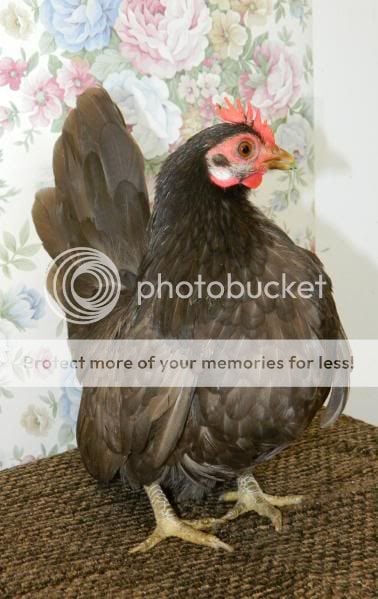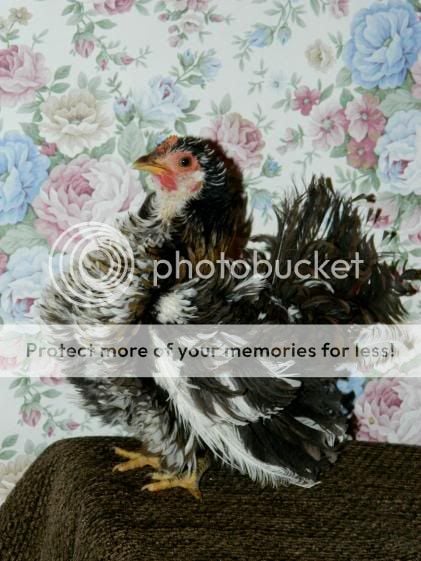Jean,
They sound amazing. What a cool start for any breeders project. Definitely keep me in mind for your next available please

I have some nice black Araucana hens that would be great for a project like that.
Cathy
They sound amazing. What a cool start for any breeders project. Definitely keep me in mind for your next available please

I have some nice black Araucana hens that would be great for a project like that.
Cathy






